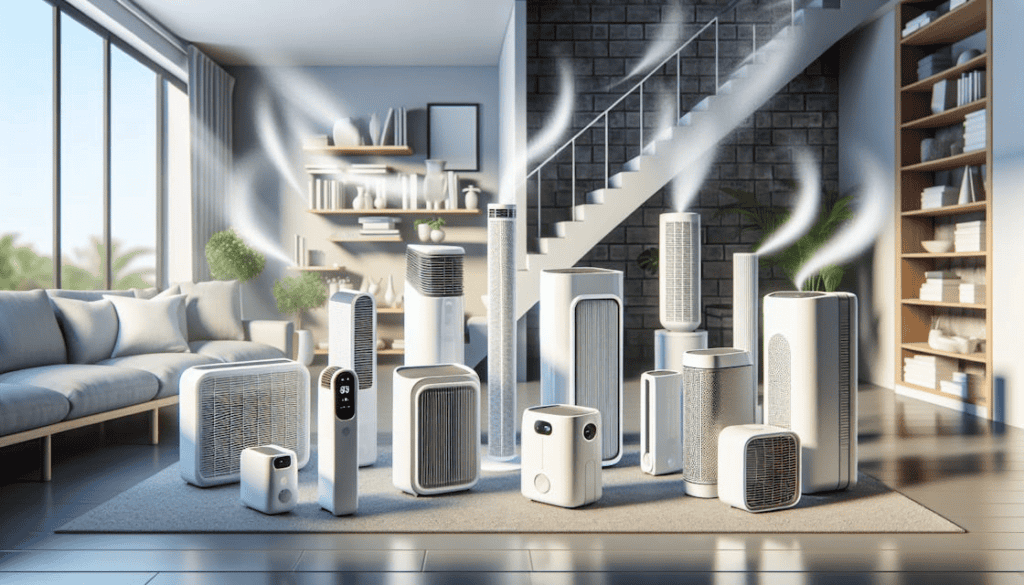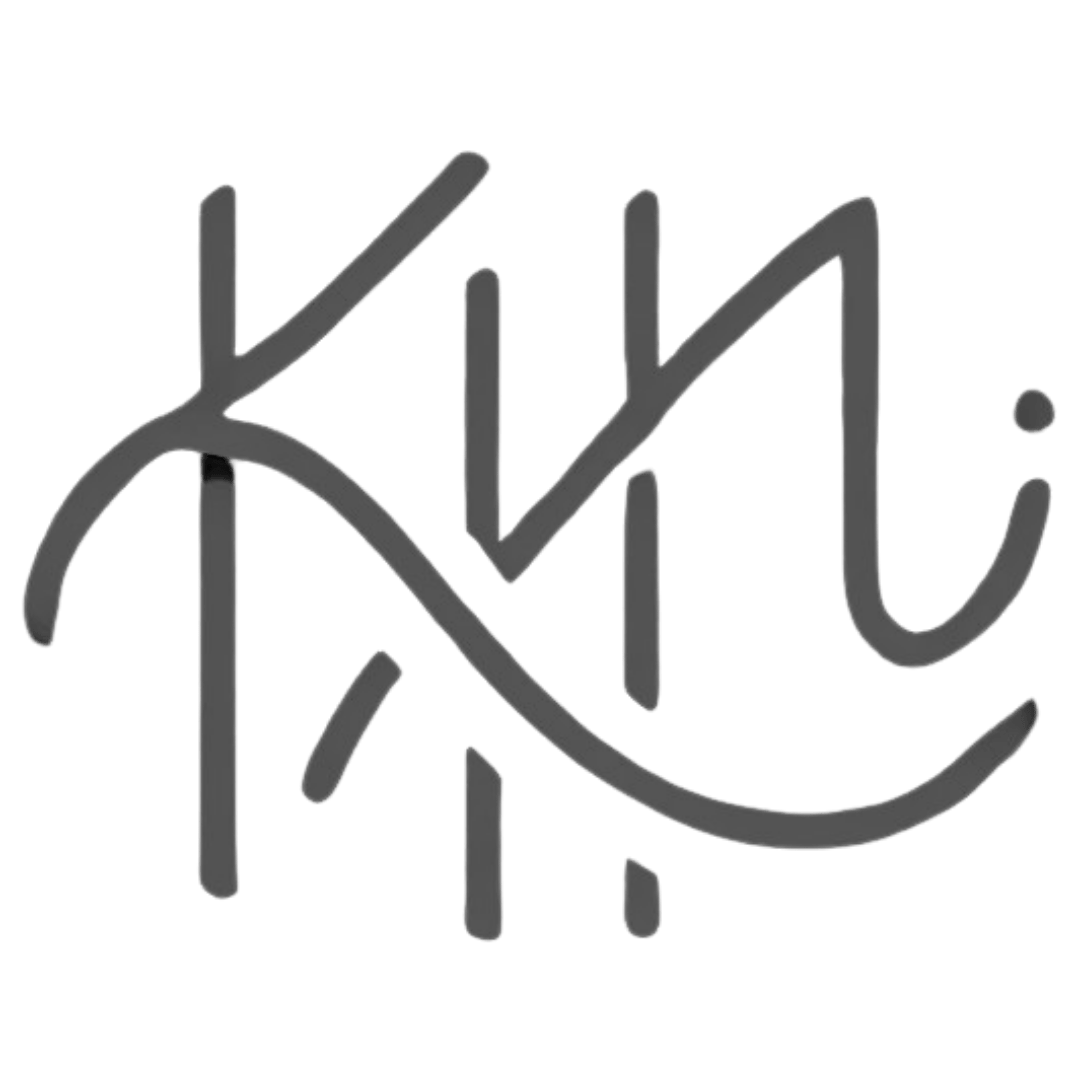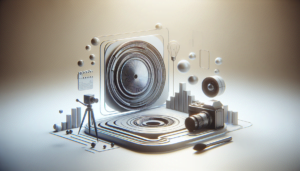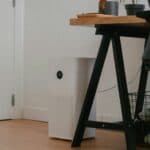
Getting the Lowdown on Air Purifiers
Why Indoor Air Quality Matters
Ever notice how much time you spend indoors? Yeah, me too. Turns out, the air inside our homes can be up to five times dirtier than the air outside. Yikes! The U.S. Environmental Protection Agency even ranks indoor air pollution as one of the top environmental health risks. So, what’s the deal with all this bad air? It’s packed with allergens like pollen, pet dander, and mold spores. That’s where air purifiers come in handy. They suck in the bad stuff and spit out cleaner air, making life a bit easier for allergy sufferers.
Different Air Purification Technologies
Picking an air purifier can feel like choosing a new phone—so many options! Here’s a quick rundown of the main types:
HEPA Filters
These bad boys are the gold standard. HEPA filters can trap particles as tiny as 0.1 microns. That means they catch pollen, fine particles, VOCs, viruses, and bacteria. They’re like the bouncers of the air purification world, kicking out 99.95% of the bad stuff. Want more deets? Check out our section on HEPA air purifiers.
Activated Carbon Filters
Got a stinky room? Activated carbon filters are your best friend. They soak up odors, chemicals, and gases, leaving your air smelling fresh.
Ionizers
Ionizers are like magnets for dust and allergens. They release negative ions that latch onto positively charged particles, making them heavy enough to fall to the ground or stick to surfaces. Easier to clean, right? Learn more about air purifiers with ionizers.
UV-C Light
UV-C light purifiers use ultraviolet light to zap bacteria, viruses, and mold spores. They’re often paired with other filters for a one-two punch against air pollutants.
Hybrid Systems
Why settle for one technology when you can have a combo? Hybrid systems mix and match filters like HEPA and activated carbon to tackle a wide range of pollutants. They’re like the Swiss Army knives of air purifiers.
DIY and Budget-Friendly Options
Not looking to break the bank? You can make your own air purifier with a box fan, furnace filters, and some heavy-duty tape. Or, snag a refurbished model or upgrade your HVAC filters. For more tips, check out GoodRx.
Making the Right Choice
Understanding indoor air quality and the tech behind air purifiers helps you pick the right one. Whether you’re battling allergens, funky smells, or just want cleaner air, there’s a purifier out there for you. Need something specific? Dive into our guides on air purifiers for mold and air purifiers for pets.
So, breathe easy and make your indoor air as fresh as a daisy!
Picking the Perfect Air Purifier
Finding the right air purifier can really help with allergies and make your indoor air much better. Here’s what you need to know to pick the best one and some top filter recommendations.
What to Look For
When you’re on the hunt for an air purifier to tackle allergies, keep these things in mind:
- Room Size: Air purifiers come in different sizes for different rooms. Make sure you get one that fits the room you want to use it in.
- Filter Type: The filter is super important. HEPA filters are a top pick because they catch 99.97% of tiny particles down to 0.3 microns.
- Noise Level: Think about how loud the air purifier is, especially if it’s going in a bedroom or living room. Pick one that’s quiet enough for your liking.
- Maintenance: Keeping up with maintenance is key. Disposable filters usually need changing every 1-3 months, while washable ones should be swapped out every 2-3 months.
- Extra Features: Some air purifiers have cool extras like air quality sensors, auto mode, and smart controls. These can make using the purifier easier and more effective.
Best Filters for Allergies
HEPA filters and filters with a MERV rating of 8 or higher are great for people with allergies. They do a good job of catching small particles that can cause allergies and asthma.
| Filter Type | Efficiency | Best For |
|---|---|---|
| HEPA Filter | Captures 99.97% of particles as small as 0.3 microns | Severe allergies or asthma |
| MERV 8+ Filter | Traps smaller particles | General allergy and asthma control |
Figures courtesy Filterbuy
HEPA Filters
HEPA filters are the best for controlling allergies. They’re great at getting rid of common allergens like pollen, dust mites, and pet dander. For more info, check out our hepa air purifiers page.
MERV 8+ Filters
Filters with a MERV rating of 8 or higher are also good for allergies. They catch smaller particles and work well in both HVAC systems and standalone air purifiers. Just make sure your HVAC system can handle these filters.
For more tips on air purifiers for specific needs, like air purifiers for pets or air purifiers for mold, check out our other articles. Using a better HVAC filter along with air purifiers can really help improve your indoor air and manage allergies (Filterbuy).
Why HEPA Filters Are a Must-Have
Allergy Relief Like Never Before
Got allergies? HEPA filters are your new best friend. These bad boys snag 99.97% of particles as tiny as 0.3 microns. That means less sneezing, less wheezing, and more breathing easy (Filterbuy). Imagine cutting down allergens in your home to almost nothing—sounds like a dream, right?
For folks with severe allergies, HEPA filters are a lifesaver. They trap dust, pollen, and pet dander like nobody’s business. The American College of Allergy, Asthma & Immunology backs this up, saying these filters can remove up to 99.97% of those pesky particles. That’s a huge win for anyone with a sensitive nose.
Here’s a quick rundown of how effective HEPA filters are:
| Particle Type | Removal Efficiency |
|---|---|
| Dust Mites | 99.97% |
| Pollen | 99.97% |
| Pet Dander | 99.97% |
Kicking Common Allergens to the Curb
HEPA filters aren’t just effective—they’re versatile. Got pets? HEPA filters can cut down on pet dander, a major allergy trigger (Flonase). The EPA says these filters can catch particles as small as 0.3 microns, which covers most pet dander, dust, and pollen (American College of Allergy, Asthma & Immunology).
Take the Hathaspace Smart True HEPA Air Purifier, for example. It’s a champ at improving air quality and tackling dust mite allergies. This model is known for slashing dust, pet dander, and overall dust levels in your home (Verywell Health).
Another top pick is the Medify MA-112 Air Purifier. It’s perfect for severe allergies and can handle large spaces up to 4,450 square feet. With a dual HEPA filtration system that captures particles down to 0.1 microns, plus features like an ionizer, dust sensor, and pollen mode, it’s a versatile choice for allergy sufferers (Verywell Health).
Investing in an air purifier with a HEPA filter is a smart move for managing and reducing allergens in your home. Want more info on air purifiers for specific needs? Check out our articles on air purifiers for mold and air purifiers for pets.
Best Air Purifiers for Allergies
Picking the right air purifier for allergies can be a game-changer. You want something that really works, covers the space you need, and has some handy extras. Here are some top picks that tick all the boxes.
1. Hathaspace Smart True HEPA Air Purifier
The Hathaspace Smart True HEPA Air Purifier is a solid choice for tackling dust mite allergies. According to Verywell Health, it does a great job at cutting down dust, pet dander, and other allergens in the bedroom. This model is perfect for medium to large rooms and has a smart sensor that tweaks the fan speed based on the air quality.
| Feature | Description |
|---|---|
| Filter Type | True HEPA |
| Coverage Area | Up to 700 sq ft |
| Special Features | Smart sensor, auto mode |
Curious about HEPA filters? Check out hepa air purifiers.
2. Medify MA-112 Air Purifier
If you have severe allergies, the Medify MA-112 Air Purifier is a beast. It covers up to 4,450 square feet and has a dual HEPA filtration system that catches particles as tiny as 0.1 microns. Verywell Health mentions it comes with nine features like a timer, different speeds, an ionizer, a dust sensor, sleep mode, and pollen mode.
| Feature | Description |
|---|---|
| Filter Type | Dual HEPA |
| Coverage Area | Up to 4,450 sq ft |
| Special Features | Timer, ionizer, sleep mode, pollen mode |
Want to know more about ionizers? Visit air purifiers with ionizers.
3. Airdoctor Air Purifier
The Airdoctor Air Purifier is a lifesaver for pet owners. It covers 1,220 square feet and is both efficient and quiet. Verywell Health says it’s easy to set up and use, and it shows real-time air quality through an app.
| Feature | Description |
|---|---|
| Filter Type | HEPA |
| Coverage Area | Up to 1,220 sq ft |
| Special Features | Real-time air quality app, quiet operation |
Got pets? Learn more at air purifiers for pets.
4. Blueair Blue Pure 411i Max Air Purifier
The Blueair Blue Pure 411i Max Air Purifier is a champ at reducing PM2.5 by 84% and TVOCs by 81%, even on the lowest setting. Health.com praises its efficiency and low annual running cost of about $80.
| Feature | Description |
|---|---|
| Filter Type | HEPA |
| Coverage Area | Up to 185 sq ft |
| Special Features | Low maintenance cost, high efficiency |
Choosing the right air purifier can make a huge difference in managing allergies. For more tips, visit our section on air purifiers for mold.









